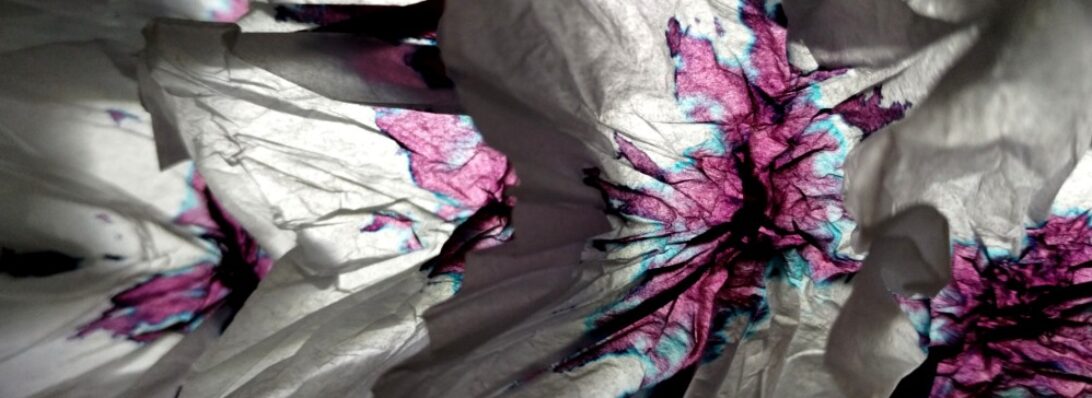Spirals have most recently been explored by Tomoko Fuse, but lovely spiral shail shells have existed in traditional origami for a long while before that:
This is Eduardo Clemente’s snail, well, one of them. As a bi-colour model it cleverly manages the 2 colours ensuring the soft slippy bit of the snail is one colour and the rounded spiral of the shell is the reverse. Continue reading















